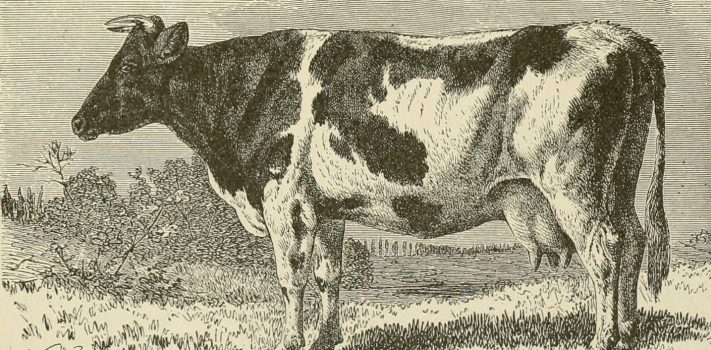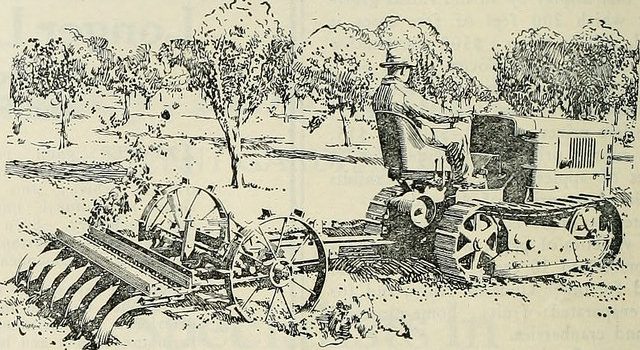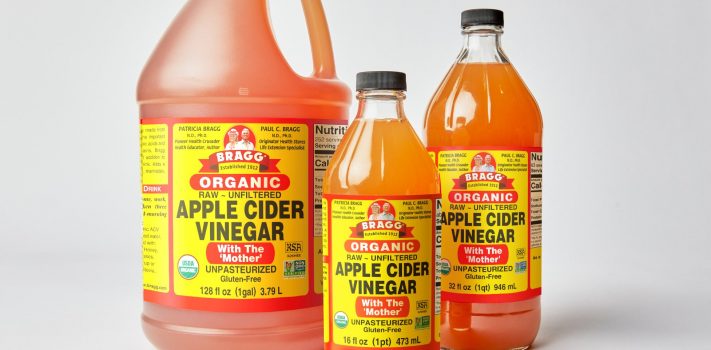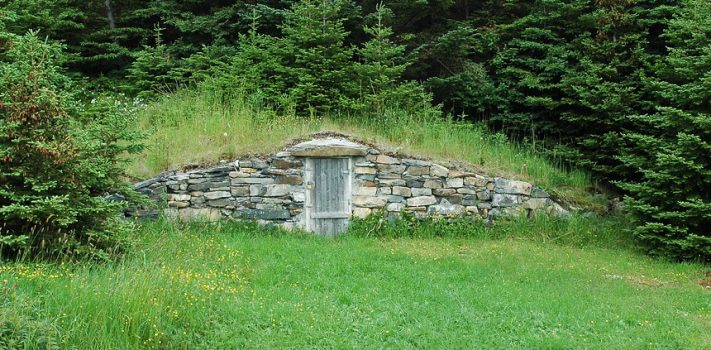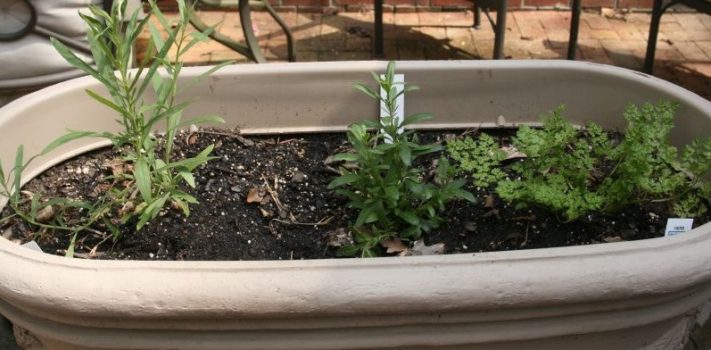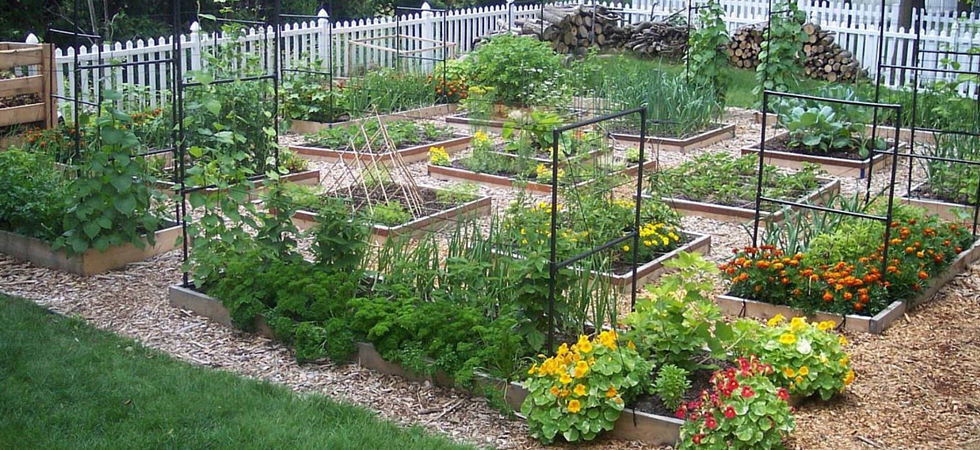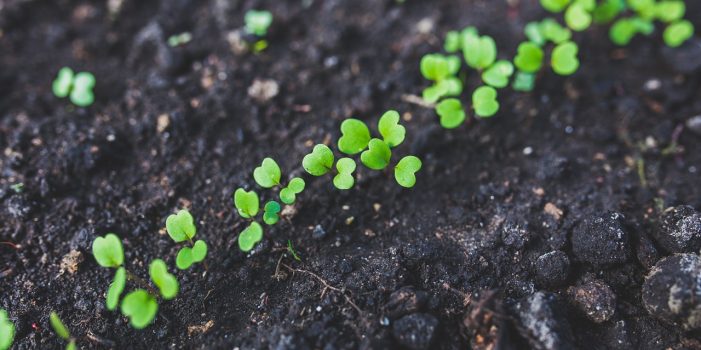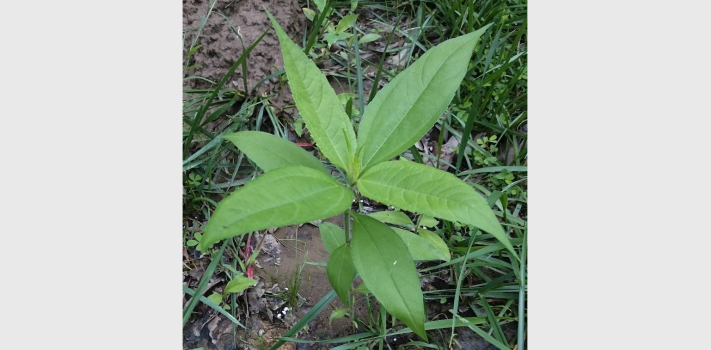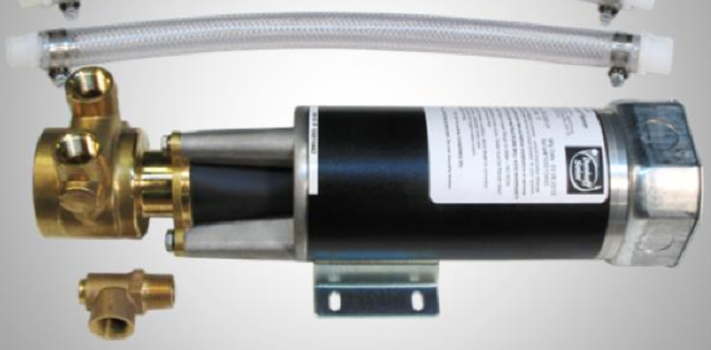First Year of My “Self-Sufficient” Farm – Part 2, by SaraSue
At last count, there are approximately 72 animals on my farm. Of these, 22 meat birds will be butchered very soon bringing the count down to 50. I learned that each type of animal needs their own type of shelter from the elements. I didn’t quite understand that when I got animals and have been scrambling ever since. I have lots of crazy stories of me trying to cope due to my lack of knowledge and experience. Farm Infrastructure Regarding outbuildings: When I bought the place there was a small barn and an oversized “shed” the size of a one-car …

